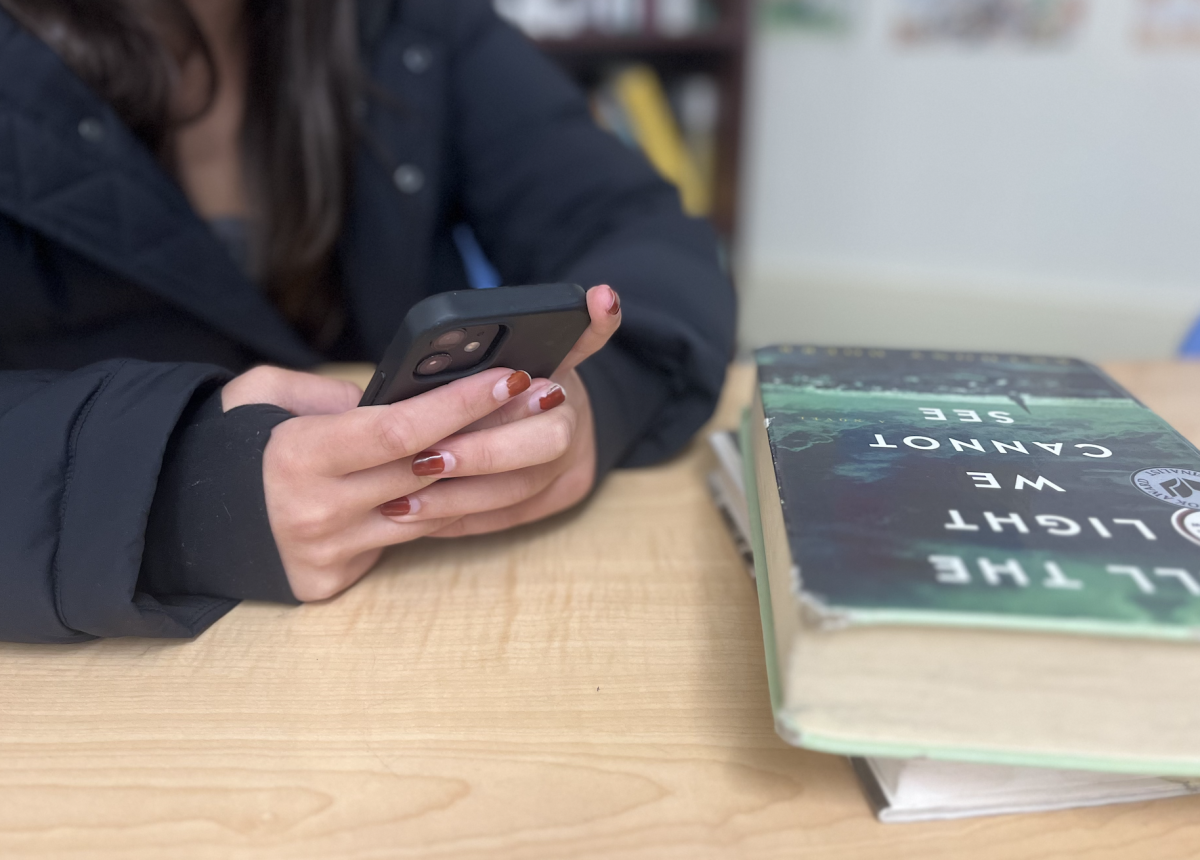In the dimly-lit living room of a Marin house party, music blasts through the crowded space, competing with energized chatter. As the night progresses, it’s not uncommon for people to flirt and hook up with one another. While this is only one example of hooking up, the culture of casual encounters is prevalent and a large part of Redwood’s social climate. In the past 20 years, as the percentage of seniors who have had relationships has decreased from 86 to 55 percent, according to Child Trends, hookups seem to replace formal relationships with something that requires less commitment.
While nearly a quarter of Redwood students have never had a sexual experience, for the 76 percent of students who have, “hooking up” is a common topic of conversation. Notorious for its ambiguity, the term “hooking up” often creates a complicated, blurry picture of what “relationships” mean, and can impact how peers view each other.
Senior Harri Hetrick has experience with both a serious relationship and casual hookups and believes that casual hookups tend to be subjective, as the girls and guys often differ in their intentions.
“I think that guys often under analyze situations and think in the moment more, and don’t think about the repercussions,” Hetrick said.
Although the intentions of hookups can be confusing for some, the inclusion of technology and social media in teenage relationships can make them even more unclear, according to junior Chloe Swoiskin. Swoiskin believes that technology plays a large role in mitigating the barrier between individuals when they are interested in one another, especially with the prevalence of social media apps such as Instagram and Snapchat.
“Snapchat is kind of like the main way for people to start talking. You’ll say things on Snapchat that you wouldn’t say in real life and you’re asked to send nudes and things like that,” Swoiskin said. “It gives people a mask, which allows people to be more courageous in asking for what they want on social media, but in real life, it’s even scarier.”
In addition to using Snapchat, social events such as scavenger hunts are a less common means for teenagers to initiate this type of loosely defined connection. Some students participate in scavenger hunts, a weekend activity that includes hooking up while intoxicated as one of the various challenges to win points, attaching a numerical value to sexual experiences.
“It’s not a natural thing. I feel like some people love [scavenger hunts], for those who aren’t as forward or don’t put themselves out as much to get with people the normal way, then they are like ‘This is my chance to have a bunch of those same experiences,’” Hetrick said.

According to a recent self-reported Bark survey, 22 percent of students say they sometimes are under the influence when they engage in sexual activity, kissing or beyond. Swoiskin has noticed the influence alcohol can have on casual encounters.
“[Alcohol] impairs your ability to say no. I mean, it’s hard to say no when you’re sober, but when you’re drunk it’s even harder. It allows people to take advantage,” Swoiskin said.
For those students who are under the influence while engaging in sexual activity, they can inherit a bad reputation according to senior Emma Fuller, who believes that the number of people one hooks up with affects the way they can be perceived.
“When you’re a girl, if you hook up with too many people, you have a bad reputation. If you don’t hook up, it also works against you,” Fuller said.
In contrast, some teenagers add value to the number of people they hook up with, even writing down or recording the names, according to Hetrick.
“I think it’s weird when people talk about how many guys or girls they’ve hooked up with and have a list. I think that’s very odd. If you aren’t going to remember, then it wasn’t worth remembering,” Hetrick said.
Hetrick believes that social attitudes towards casual relationships have changed since his parents’ generation when it was more uncommon.
“My older male relatives … ask, ‘Are people having sex and not dating?’ Especially my dad, he was saying when he was younger, if two people hook up and have sex, then socially, the guy would be expected to ask the girl out,” Hetrick said.
Some people find the prevalence of hookup culture to be liberating, as it allows them to explore the more physical aspects of a relationship without long term attachments, according to Damian Marlow, a Stanford student who wrote an opinion piece in the Stanford Daily on hookup culture.
“… Enjoy yourself. Have fun. Participate in the hookup scene; don’t participate in the hookup scene … Whatever floats your boat, do it safely. And ‘safely’ doesn’t just mean ‘use protection;’ ‘safely’ also means to be careful with your mind and your heart,” Marlow said.
Marlow offers a different perspective on hookups between young adults and the benefits they can have. He emphasized the importance of being present and not emotionally overwhelmed in a culture of casual relationships.
Although perspectives on hookup culture can differ with age and experience, ultimately, hookups will continue to be a part of student life in high school.












